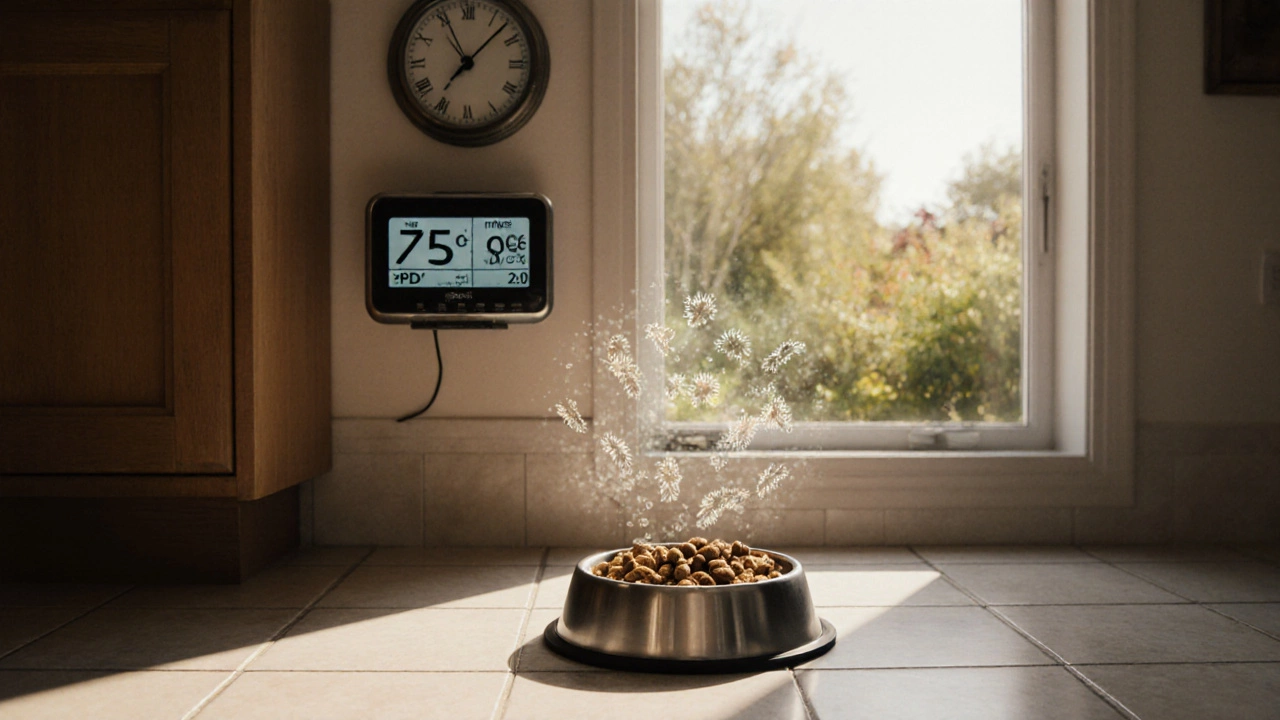Dog Feeding Guidelines
When you talk about dog feeding guidelines, the set of rules that help owners choose the right food, amount, and timing for their pets. Also called canine feeding rules, they bring together several key ideas. One of those is dog nutrition, the balance of proteins, fats, carbs, vitamins and minerals a dog needs to thrive. Another is meal frequency, how many times a day a dog should be fed based on age and activity level. You’ll also see calorie calculation, the process of estimating daily energy needs to avoid under‑ or over‑feeding, and feeding schedule, a consistent daily routine that supports digestion and behavior. Together these pieces form a practical roadmap that works for any breed or size, whether you’re feeding a tiny terrier or a massive Labrador.
Why the Details Matter
Every dog moves through three main life stages, and each stage has its own nutritional blueprint. Puppies need higher protein percentages and more frequent meals—usually three to four servings a day—to fuel rapid growth and brain development. Adult dogs settle into a single or twice‑daily routine, with calorie counts tied to their weight, breed, and activity level. Senior dogs often require fewer calories but more joint‑supporting nutrients like glucosamine. Ignoring these shifts can lead to weight gain, joint issues, or an unhappy gut. For example, a 30‑lb adult that suddenly gets a calorie‑dense diet meant for a growing puppy will quickly gain extra pounds, which stresses the heart and joints. On the flip side, feeding a senior a puppy‑level calorie plan can cause muscle loss. The same principles apply to wet versus dry food, raw diets, and special‑diet formulas—each has pros and cons that fit differently into the broader feeding schedule.
Practical tools make the theory easy to apply. Measuring cups, kitchen scales, and smartphone apps let you track portions and adjust based on weekly weigh‑ins. Many owners set a reminder on their phone to keep the meal timing consistent, which helps train the dog’s digestion clock and reduces begging behavior. Watch out for common pitfalls like free‑feeding, over‑treating, or changing food brands too quickly; all three can upset the gut and cause skin issues. By pairing the right portion size with a solid feeding schedule, you’ll see steadier energy levels, a shinier coat, and fewer vet visits. Below you’ll find a curated set of articles that dive deeper into each of these topics—everything from how many meals your dog should get each day to the best time to stop feeding at night. These resources give you the step‑by‑step guidance you need to build a feeding plan that keeps your dog healthy, happy, and ready for any adventure.
Posted By Bryndle Redding On 22 Oct 2025 Comments (0)
Can You Leave Dry Dog Food Out All Day? Safety & Shelf‑Life Guide
Learn if leaving dry dog food out all day is safe, how temperature and humidity affect kibble, and get practical tips to keep your dog's meals fresh and healthy.
READ MORE